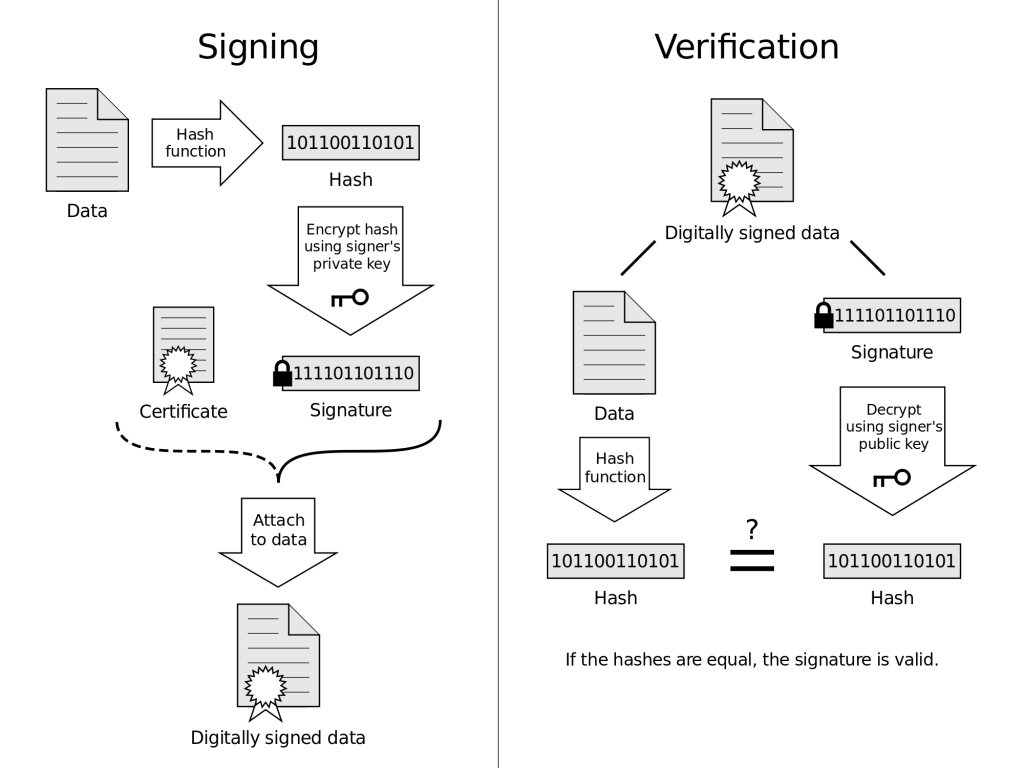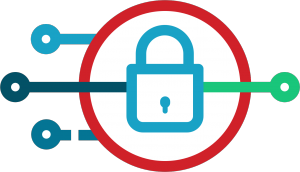
Good News! We've launched an all new Chat Resource Center.
We recommend checking out our new Chat Resource Center, which includes overviews, tutorials, and design patterns for building and deploying mobile and web chat.
The requirement of message security and sender verification is pretty obvious when it comes to chat. With email SMTP, a digital signing as proof of sender is included. But what about for mobile and web chat applications? How can we ensure that a user is identified and authorized?
In this tutorial, we'll show you how to build chat user identification using digital signature message verification.
You can identify the sender by creating a Unique ID as well as a Name attached to the message payload of the chat conversation. This is similar to IRC strategies but a bit more simplistic.
Here is a full example which includes the HTML elements for UserName input. Notice also that I added a safe_text() method to prevent XSS attacks.
While this demonstration provides you with a quick and easy getting started app, you will want to add more enhanced chat security and chat authentication systems. For additional resources for building chat applications check out Build a real-time chat app in 10 lines of code guide and also Building A Basic Chat Application.
Chat Access Control Layer ACL
You will need to add Security ACL Access Control Layer. With Access Manager you can control who has access by granting users permission with access tokens. It is recommended to run this level of ACL code on Trusted Systems such as your own data center servers.
Sending/Receiving Secure Encrypted Messages
PubNub client libraries offer built-in Advanced Encryption Standard (AES) 256-bit encryption. To use message encryption, simply use cipher_key at initialization. To enable Transport Layer Encryption with TLS and the ssl flag. Then publish/subscribe as usual.
Message Verification for Identity of Sender
Attaching user's information to each message is efficient and provides a very powerful level of flexibility within your application. However malicious users may attempt to spoof the identity of users and therefor impersonate other users. In the sample app we have shown that it is easy to impersonate anyone by changing your name in the “message_form” field.
This is the same situation you encounter with email and SMTP where arbitrary email header impersonations are possible unless you provide a way to verify the identity of the sender.
There is a solution!
Digital Signatures are fingerprints with embedded secure cryptographic hashes of key components of the message payload optionally including a salt (sometimes a timestamp) and then signing/encrypting with an asymmetric secret key which is used to verify the identity of the sender. This process is used to block spoofers and impersonations.

A digital signature is a mathematical scheme for demonstrating the authenticity of a digital message or document.
Message Verification for Chat Applications
Start by assuming that only the chat users have been granted access and they can publish and subscribe to chat channels using grant and revoke techniques available in your Access Manager implementation. The challenge here is that in a group chat room, your chat users have been granted auth_tokens yet they still can impersonate other chat users on the channel. The goal here is to verify two things when a client receives a message.
- Identity of sender.
- Integrity of message.
Using asymmetric cryptography, you can provide a layer of validation and security to your users' messages by creating a digital signature. A valid digital signature gives a recipient reason to believe that the message was created by a known sender, that the sender cannot deny having sent the message (authentication and non-repudiation), and that the message was not altered in transit (integrity). Digital signatures are commonly used for financial transactions and message oriented communication such as email and chat and in other cases where it is important to detect forgery or tampering.
You will start by issuing each of your chat users' a set of keys, server generated, with a public-key (asymmetric) algorithm such as ECC/RSA via your server after user login. I recommend ECC as the key size is much smaller than RSA with comparable cryptographic strength. Each chat user in a chatroom is notified of other chat users' public key via a secured read only side-channel. Your users must only receive the Public Key from a public READ-ONLY channel controlled by your server's trusted and secure environment. Your server will be able to write each user's Public Key to this READ-ONLY channel. Your users will read from this channel.
Your user's can receive each other's Public Keys via a PubNub History call before joining the chat room. They should also open a subscription to the same channel to get public key of new chat users joining the chatroom.
The users' Private Key must not be exposed to anyone but the verified owner. This can be done upon email/password sign-on and you can send the private key to the verified user as soon as they log-in.
Sending a Chat Message with Attached Digital Signature
You will create the signature by concatenation of the following base string(userId+profilePic+message). Next you need to calculate a message digest usingSHA1(signature_base_string) or SHA256(signature_base_string). Now you can use this cryptographically generated hash to sign with the users' private key using an ECC/RSA asymmetric algorithm.
Now attach this digital signature to chat message as shown in the example above and on to the final phase of Chatroom Message Verification.
Chatroom Message Verification
While subscribed to the chatroom channel you will receive user sent chat message with an attached digital signature. You will use this signature to verify the chat message's authenticity. If the message was an attempted spoof you will drop the message altogether.
To verify the signature you will create the signature by concatenation of the following base string(userId+profilePic+message). Next you need to calculate a message digest usingSHA1(signature_base_string) or SHA256(signature_base_string). Now using the chat users' public key you already have for userId 123456 you can Verify/Decrypt digital signature to get original message digest you just generated which was also created by the sender.
Compare current message digest and original message digest. If they are the same then the message is authentic and you have successfully used Message Verification. If the digests do not match, it's a phony message and you may disregard the impersonator.
